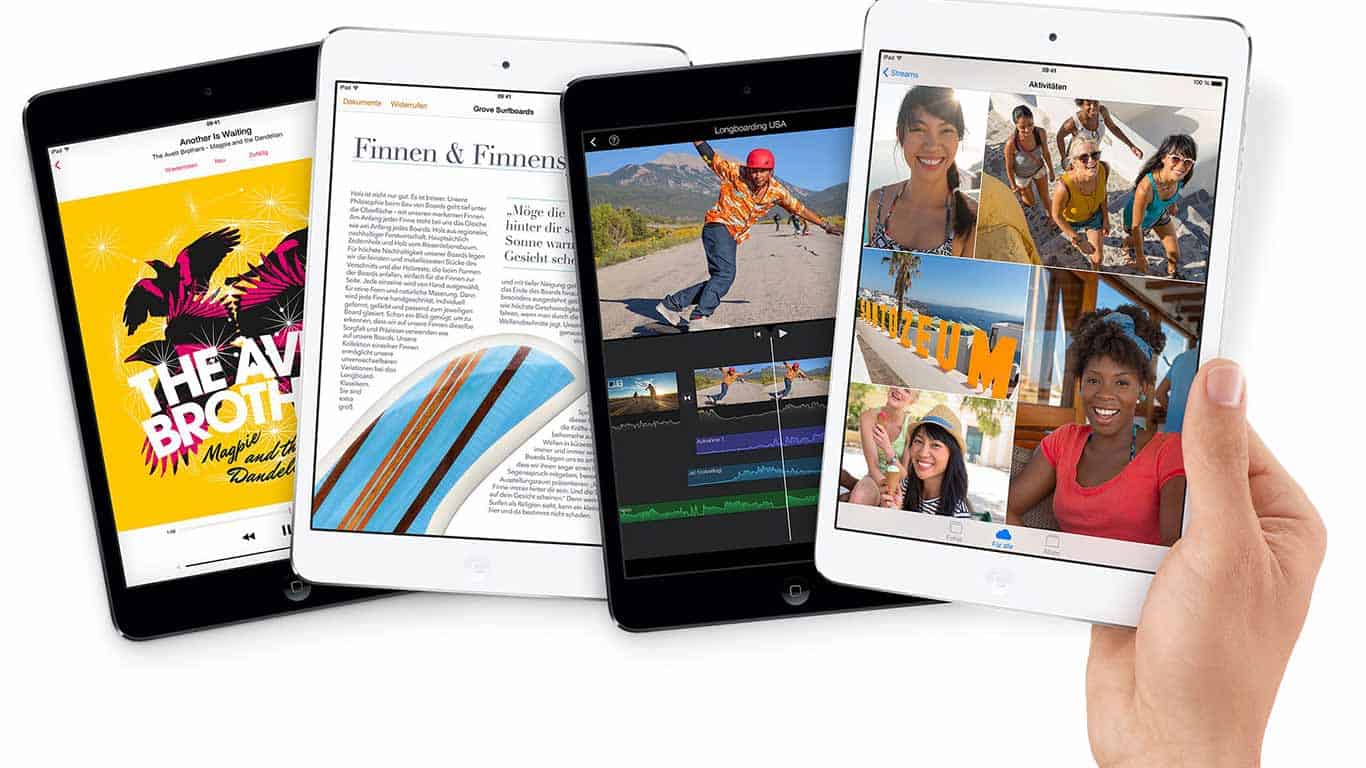
07 Apr The Changing Face of Identity in the Workplace
Technology has enabled workplaces to redesign how they accommodate their workforce and in many cases this has begun to evolve into concepts that have been given a range of terms; activity based working, real time working, free range working, agile working… essentially meaning that some of us no longer have our own desk that we show up to and sit at every day; that there is a range of options available to us dependent on the tasks at hand, and we choose where we want to sit based on how we need to work.
So what does this mean for our own identity?
How do we express who we are to the people we work with?
Where do the pictures of our family go? Our coffee cup? That collage of travel brochures and magazine clippings we’ve collected that enable us to dream about the holiday we’re planning, the reason we come to work every day…? For some of us these things are a distant memory…. so how do we as the strategists, designers, management and executives of such organisations encourage the people within these workplaces to express their individuality, their identity and engage with the people around them, their colleagues, who just may be a different person every day of the week?
The impact of this workplace style could be said to be limited dependant on the demographic of the organisation.
As technology has been the major driver in the need for such change, it is those early adopters of this technology that are least effected by it due to it being embedded in their day to day lives – Gen Y and later. Demographically our younger generations have been the least effected by technological advancements due to them being integral to their daily lives from birth. They spend a large proportion of their time communicating via their portable devices and social media, and so already express themselves in a way that it is not physically tangible. Applications such as Facebook, Instagram & Pinterest enable this demographic to communicate, socialise and develop a persona that they wish to share with those connected to them, alleviating the need for them to physically display items of sentimental value as they are contained within their personal devices, and in far greater volume than what could be physically displayed at a workpoint. Practices which earlier generations are adopting to enable a more mobile and flexible work and life style.
So what have organisations who have adopted agile & flexible working practices implemented?
A growing number of organisations have introduced Yammer to their organization.
Change is the new constant. Yammer is a private social network that helps you and your company stay on top of it all. Yammer collaboration software and business applications allow you to get connected to the right people, share information across teams and organize around projects so you can go further – faster.
This business tool is enabling organisations to connect people based on skill set and need as opposed to hierarchy. Phillip Ross of Ungroup describes this as “jelly bean working”, as it creates a series of digital blobs configured around whether you’re online/offline and who you’re connecting with. Similar to Yammers Enterprise Graph, which maps everything an employee encounters at work.
NAB reported that they have seen the development of sub-groups forming within their new head quarters at 700 Bourke St, Docklands.
These sub-groups ranged from book clubs to knitting groups, through to similar ethnic origins, all coming together to share a common interest in various pockets of their new 14 story connected building.
Personalization and showcasing in the workspace.
Other organisations have taken to displaying photographs and short profiles of their employees on clipboards attached to the face of their allocated lockers, or painting them in blackboard paint so they can personalize the face of their locker; installing communal display cabinets for the employees to showcase their trinkets, trophies and other personal items that were previously located on the desk; looped video’s profiling employees, career highlights and skill sets to develop communal awareness.
These are only some of the possibilities that are available to us, but its important for our employees to develop an emotional connection with the people that they work with, a social bond that instills a sense of belonging and community within an organization, for employees to feel like people know them beyond their job title and position description.
Do you work in an agile, free range working environment? What initiatives has your organization taken to develop individual identity in the workplace?
Image courtesy of Apple.


